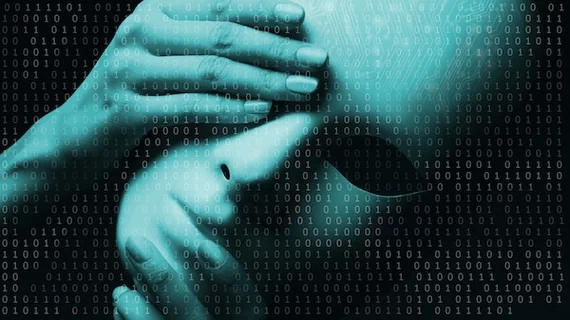The growing consensus around artificial intelligence (AI) in radiology is trending toward the two developing a symbiotic relationship—rather than AI leading to a fateful end for radiologists.
However, still plenty of skeptics remain, such as Robert Schier, MD, with Radnet in Orinda, California who penned the recent article in the Journal of the American College of Radiology titled “Artificial Intelligence and the Practice of Radiology: An Alternative View.”
“What we will eventually see in radiology are diagnostic image interpretation systems that have read every textbook and journal article; know all of a patient’s history, records, and laboratory reports; and have memorized millions of imaging studies,” wrote Schier. “It may help to imagine these systems not as a collection of circuits in a console, but as an army of fellowship-trained radiologists with photographic memories, IQs of 500, and no need for food or sleep.”
Schier begins the article arguing machine intelligence will eventually allow computers to surpass human intelligence and writes computers will eventually take over most jobs humans do now just as machines replaced horses, donkeys and oxen.
He frames his reasoning with the two methods of problem solving: deductive and inductive reasoning. Humans have a much easier time grasping the former, along with computers which were created to learn this way to begin with, he writes.
While he does list two challenges computers face with deductive reasoning, those will be overcome when computers are taught to learn inductively, which will signify, to some degree, that they are able to learn on their own, he says.
One such approach provides machines the ability to change themselves to find better patterns in data, which may eventually eliminate the need for human programmers.
He pointed to computers’ increasing ability in image interpretation tasks, including determining bone age, picking out fractures and detecting interstitial infiltrates as examples of progress AI has already made in radiology.
Schier acknowledged there may be a limit to how intelligent a computer can become, but says the answer is unclear. Although he writes, “If computers can do something now, they will only get better at it. If computers cannot do something now, they will probably learn how to.”
He concludes the editorial looking at two different opinions about the future of AI and radiology: the “apocalyptic” assertion AI will replace radiologists and the “delusional assertion” computers will always assist, but never replace them.
“Today there are 34,000 radiologists in the United States. Unless radiologists do things other than interpret imaging studies, there will be need for far fewer of them,” Schier wrote. “This is a complex situation filled with unknowns, and events are moving fast. We need to figure how to deal with this coming change. And we need to do it in a hurry.”

